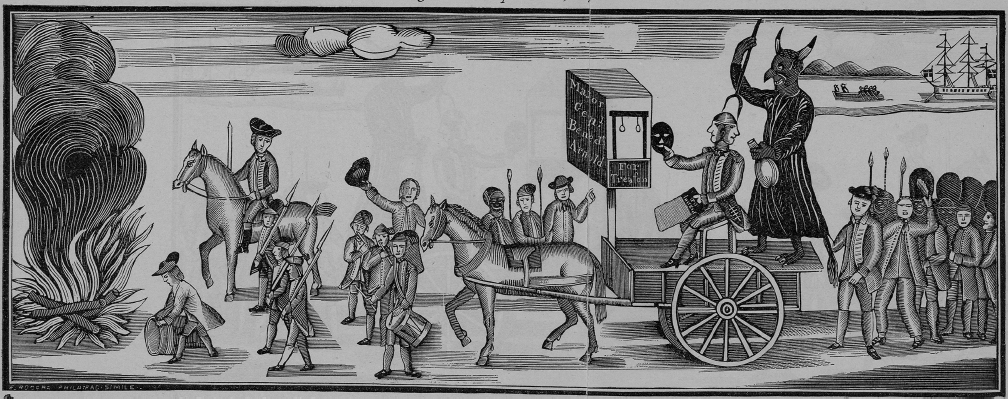Treason and Guerrilla Warfare
Printed Page 195
Britain’s southern strategy succeeded in 1780 in part because of information about American troop movements secretly conveyed by an American officer, Benedict Arnold. The hero of several American battles, Arnold was a deeply insecure man who never felt he got his due. Sometime in 1779, he opened secret negotiations with General Clinton in New York, trading information for money and hinting that he could deliver far more of value. When General Washington made him commander of West Point, a new fort on the Hudson River sixty miles north of New York City, Arnold’s plan crystallized. West Point controlled the Hudson; its capture might well have meant victory in the war.
Arnold’s plot to sell a West Point victory to the British was foiled in the fall of 1780 when Americans captured the man carrying plans of the fort’s defense from Arnold to Clinton. News of Arnold’s treason created shock waves. Arnold represented all of the patriots’ worst fears about themselves: greedy self-interest, like that of the war profiteers; the unprincipled abandonment of war aims, like that of turncoat southern Tories; panic, like that of the terrified soldiers at Camden. But instead of demoralizing the Americans, Arnold’s treachery revived their commitment to the patriot cause. Vilifying Arnold allowed Americans to stake out a wide distance between themselves and dastardly conduct. It inspired a renewal of patriotism at a particularly low moment.

Shock over Gates’s defeat at Camden and Arnold’s treason revitalized rebel support in western South Carolina, an area that Cornwallis thought was pacified and loyal. The backcountry of the South soon became the site of guerrilla warfare. In hit-and-run attacks, both sides burned and ravaged not only opponents’ property but also the property of anyone claiming to be neutral. Loyalist militia units organized by the British were met by fierce rebel militia units. In South Carolina, some 6,000 rebels met loyalist units in engagements. Guerrilla warfare soon spread to Georgia and North Carolina. Both sides committed atrocities and plundered property, clear deviations from standard military practice.
The British southern strategy depended on sufficient loyalist strength to hold reconquered territory as Cornwallis’s army moved north. The backcountry civil war proved this assumption false. The Americans won few major battles in the South, but they ultimately succeeded by harassing the British forces and preventing them from foraging for food. Cornwallis moved the war into North Carolina in the fall of 1780 because the North Carolinians were supplying the South Carolina rebels with arms and men (see Map 7.4). Then news of a massacre of loyalist units by 1,400 frontier riflemen at the battle of King’s Mountain, in western South Carolina, sent him hurrying back. The British were stretched too thin to hold even two colonies.